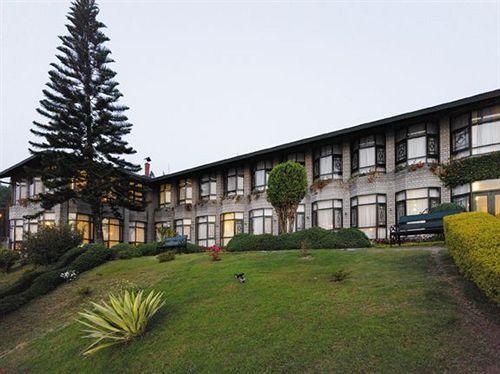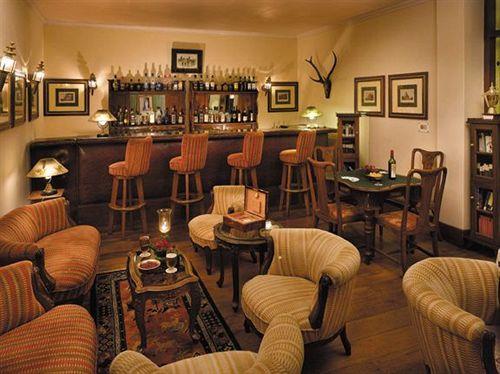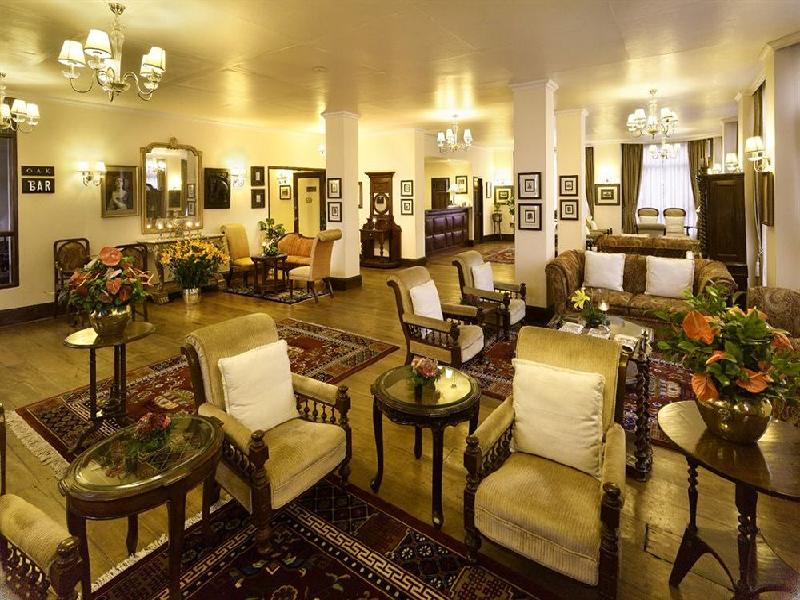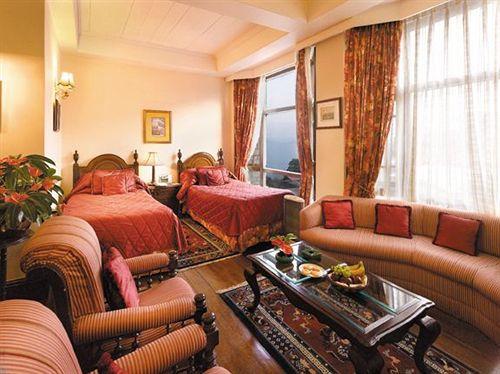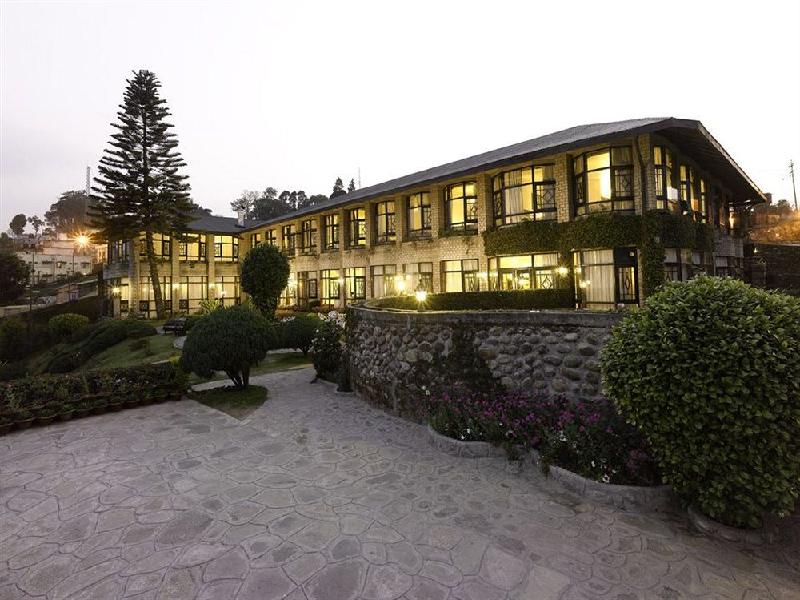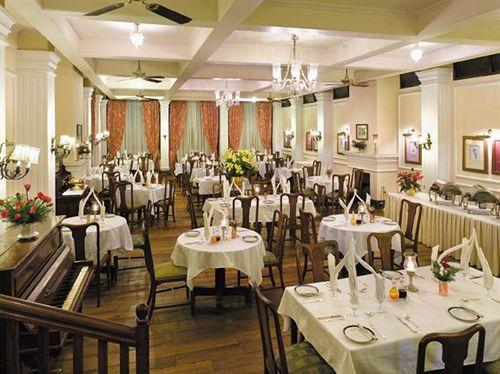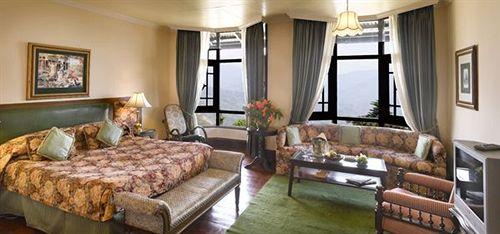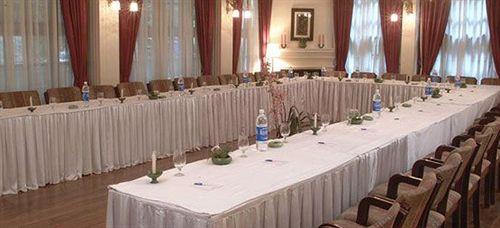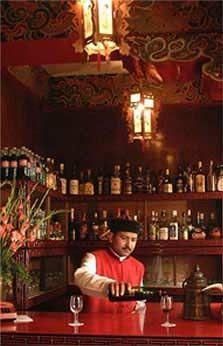 270 Reviews
270 ReviewsThe Elgin Silver Oaks Kalimpong, was the home of a famous Jute magnate. It is now converted into a luxury Elgin boutique hotel in the Himalayas. Lounging in the landscaped gardens in a profusion of colors, one is treated to breath-taking view at the Silver Oaks, Kalimpong. The natural d�cor is characteristic in the imposing Kanchenjunga which can be seen on a clear day, blooming petunias and asters, the serrated violet edges of iris, iridescent butterflies flitting through colourful azaleas, drooping geraniums, proud orchids and heaven, temporarily descends on earth. Sitting in one of the quaint gazebos, the tea seems to be flavoured by the refreshing winds of the Himalayas. The Silver Oaks was built in 1930 and once belonged to the prominent architect Frederick Desraj who built the old Teesta Bridge. A mesmerizing vision of rich hues and shades in glorious asters and petunias with colourful butterflies straddling the open air awaits you, as you step into the garden or the little gazebo to take a sip of the finest Darjeeling tea. The ground floor of the house was built in 1930 by a British jute magnate, who later sold the house to Fredrick Deshraj, an architect and builder.
View More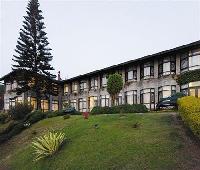

The Elgin Silver Oaks Kalimpong, was the home of a famous Jute magnate. It is now converted into a luxury Elgin boutique hotel in the Himalayas. Lounging in the landscaped gardens in a profusion of colors, one is treated to breath-taking view at the Silver Oaks, Kalimpong. The natural d�cor is characteristic in the imposing Kanchenjunga which can be seen on a clear day, blooming petunias and asters, the serrated violet edges of iris, iridescent butterflies flitting through colourful azaleas, drooping geraniums, proud orchids and heaven, temporarily descends on earth. Sitting in one of the quaint gazebos, the tea seems to be flavoured by the refreshing winds of the Himalayas. The Silver Oaks was built in 1930 and once belonged to the prominent architect Frederick Desraj who built the old Teesta Bridge. A mesmerizing vision of rich hues and shades in glorious asters and petunias with colourful butterflies straddling the open air awaits you, as you step into the garden or the little gazebo to take a sip of the finest Darjeeling tea. The ground floor of the house was built in 1930 by a British jute magnate, who later sold the house to Fredrick Deshraj, an architect and builder.
